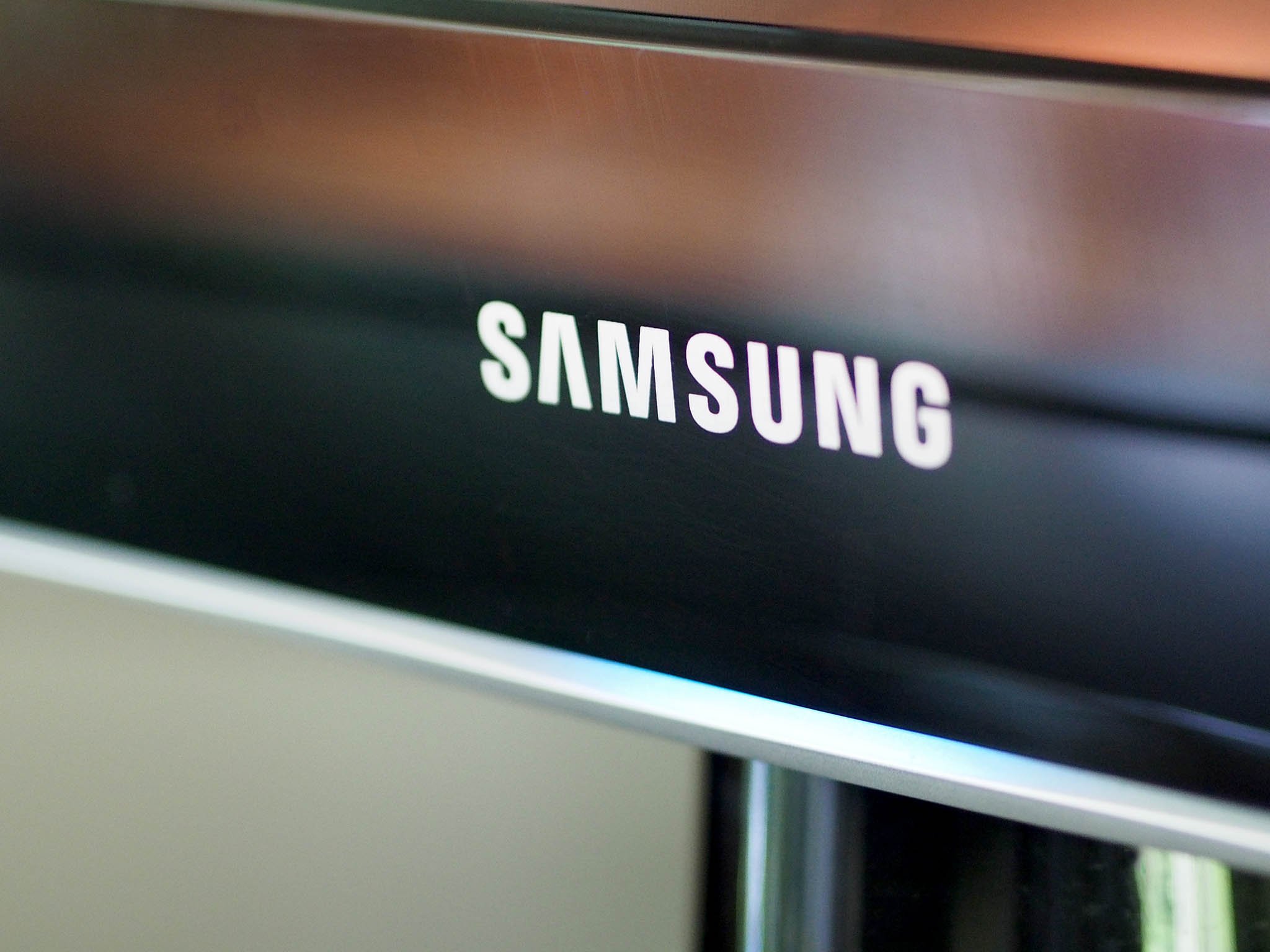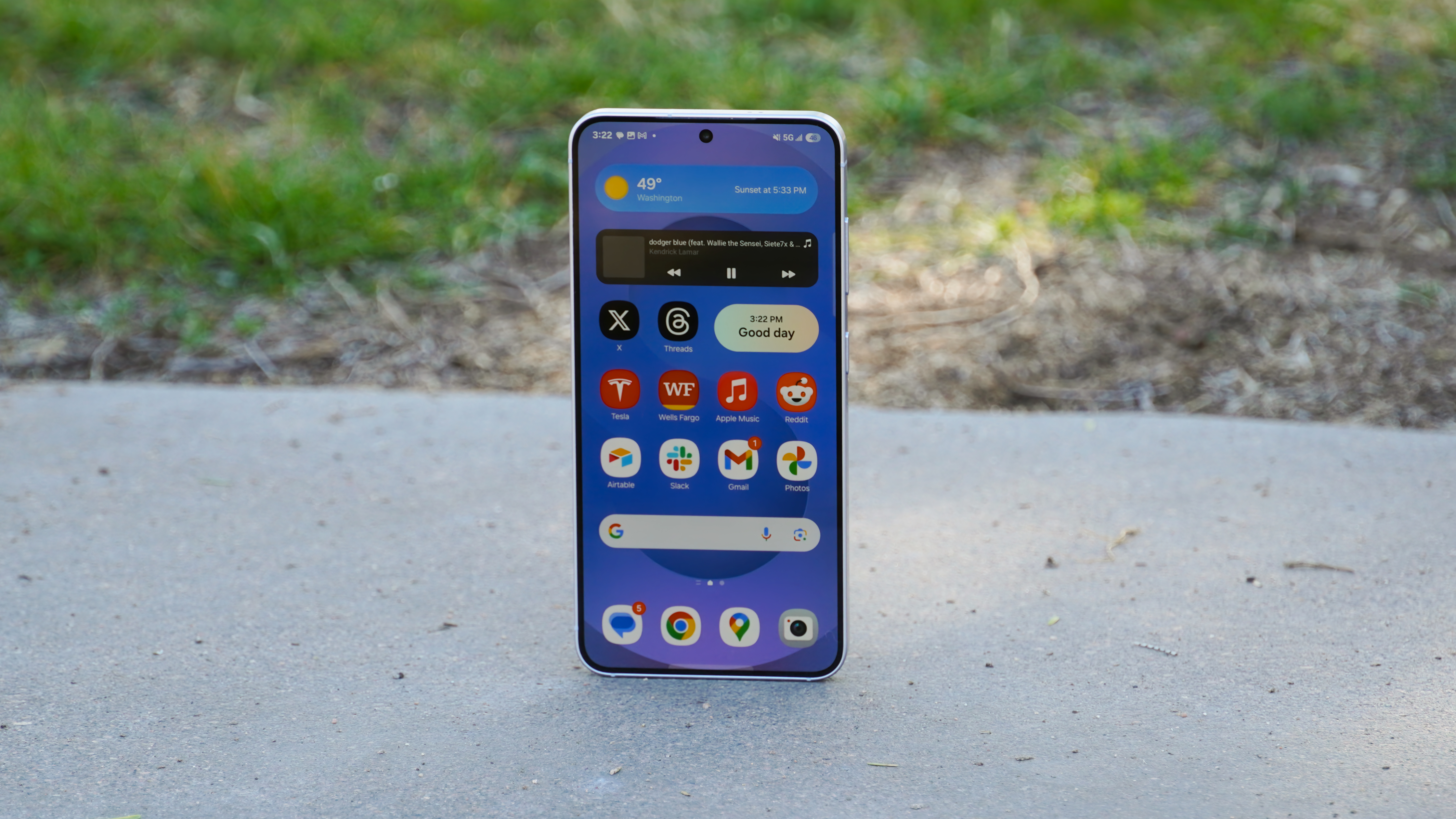Samsung is reportedly shifting focus to hybrid QD-OLED displays

What you need to know
- Samsung is reportedly shifting its focus from LCD to its next-generation QD-OLED technology.
- The company is spending nearly $11 billion to build a manufacturing facility to produce QD-OLED panels..
- QD-OLED displays are claimed to have a longer life compared to current-gen OLED displays, along with a wider color gamut and higher brightness.
Samsung is set to end all LCD production at its facilities in South Korea and China by the end of this year, due to oversupply and a sharp decline in demand for LCD panels. According to a new report from MyDrivers, the company is shifting its focus from LCDs to QD-OLED technology, which is said to have an improved lifespan of up to 1 million hours. The next-generation panels will be made using iridium phosphide, instead of toxic cadmium.
QD-OLED displays also offer other advantages over OLED screens, including a wider color gamut and improved brightness. Since the technology mixes OLED with quantum dots, the OLED within the panel will only emit one color, helping reduce production costs significantly. The next-generation QD-OLED displays will also be less susceptible to burn-in than current-gen OLED displays.
In October last year, Samsung had announced that it would be investing $11 billion over the next five years to upgrade one of its LCD production lines in South Korea to mass-produce "Quantum Dot" displays. Even though QD-OLED technology definitely seems promising, it is currently only a "laboratory product." While it will be cheaper to produce than OLED in the long-term, QD-OLED panels are expected to cost as much as traditional OLED panels initially due to "technical reasons."
Get the latest news from Android Central, your trusted companion in the world of Android

